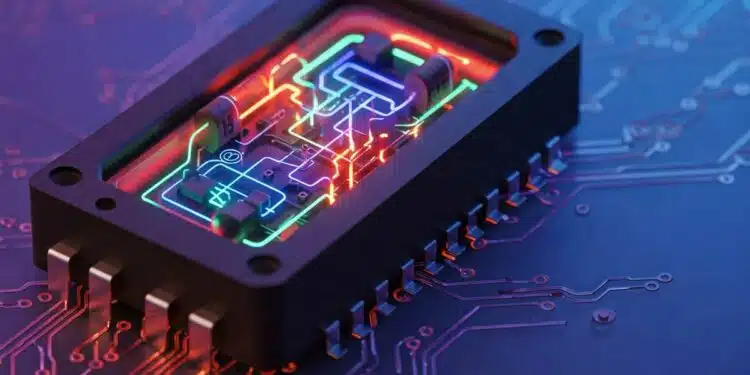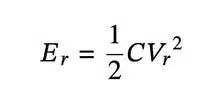Energy density and power density are two crucial yet distinct metrics in the field of energy storage. Understanding the differences between these two metrics is essential for designing efficient energy storage solutions. This blog delves into the nuances of energy density and power density, shedding light on their impact on capacitor performance.
Comparing Energy Density and Power Density
Energy density describes the amount of energy stored in a mass (Wh/kg or J/kg) or volume (Wh/L). High energy density implies the system can store a lot of energy in space- and weight-constrained spaces. This is particularly useful in applications like mobile devices and electric vehicles where board space is a luxury and long-term energy storage is critical for operational efficiency.
While frequently mentioned together in energy storage discussions, energy density and power density represent distinct performance characteristics. Power density describes how quickly energy can be delivered or absorbed into a system in W/kg or W/m3. High power density tells us a system can release or accept energy at a fast pace. This characteristic best serves applications that require quick bursts of energy like camera flashes or industrial lasers.
In short, energy density focuses on storage capacity while power density measures the rate of energy transfer, and systems designers are expected to balance the two. For example, batteries with high energy density may not be able to deliver energy as quickly as supercapacitors, which are known for their high power density.
Energy and Power Density Math
Calculate the energy stored in a capacitor using:
where
- C is capacitance
- Vr is the voltage rating of the capacitor.
To find the volumetric energy density of a capacitor, divide Er by volume:
The power rating of a capacitor can be estimated from the rated voltage and current as :
Power density is Pr divided by volume:
Alternatively, another approach to determining power density is to examine the impedance-matched condition, where the load matches the source impedance (i.e., the capacitor’s equivalent series resistance (ESR)). Under these conditions, we find:
Then, power density is calculated as:
This method reveals that capacitors with high power density require a low ESR to maximize the rate of energy transfer. As a result, innovation in capacitor design focuses on optimizing capacitance and voltage within a compact volume while minimizing internal losses from ESR.
To see how supercapacitors leverage their high power density for real-world applications like backup power and load management, read Supercapacitors in Action: Enhancing Backup Power and Load Management.







































